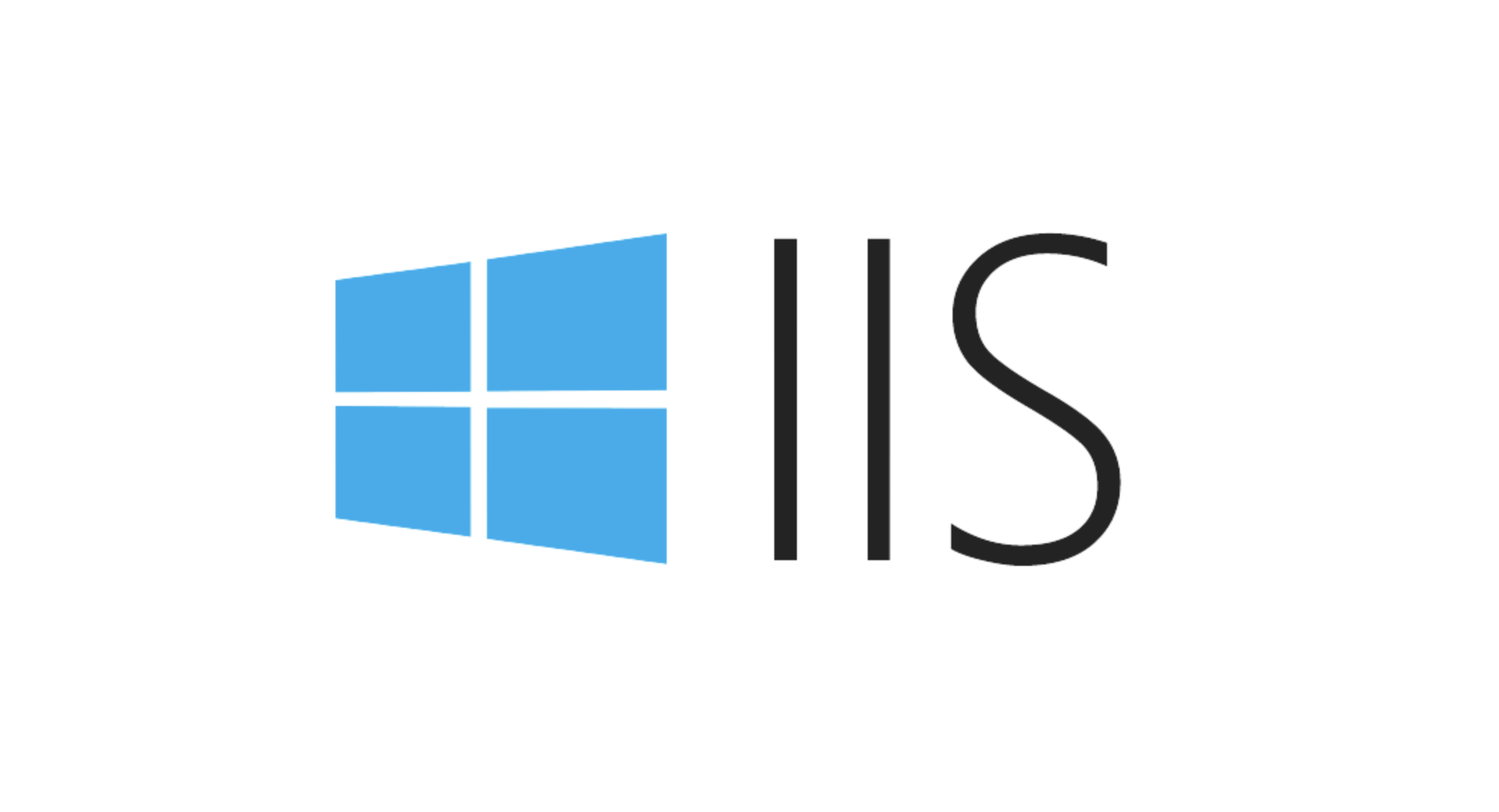IIS FTP log analysis is not complicated, the key is to understand the meaning of the field and the status code. The log is in W3C format by default. Each row of records contains fields such as date, time, c-ip, cs-username, s-ip, s-port, cs-method, cs-uri-stem, sc-status, sc-win32-status, etc., which are used to describe an FTP operation. Common cs-method commands include USER (login), PASS (password verification), RETR (download), STOR (upload), LIST (column directory), etc. These commands can determine user behavior. The sc-status status code is used to judge the operation result. For example, 226 indicates that the transmission is successful, 530 indicates that the login failed, 550 indicates that the file is unavailable, and 425 indicates that the data connection has failed. During analysis, you can use Excel to open the logs, filter by IP or username, and pay attention to frequent failed logins or large number of file transfers. Combined with Windows event logs, you can further troubleshoot the root cause of the problem. After mastering these key points, you can quickly locate FTP connection exceptions, permission issues, or potential attacks.

Interpreting IIS FTP log files is actually not complicated, but for those who are new to it, they may find the information messy and the format difficult to understand. IIS FTP logs use W3C extended log format by default. Each record contains multiple fields, indicating client IP, operation type, file path, status code, etc. Understanding these contents can help troubleshoot connection problems, analyze access behavior, and even detect abnormal activities.

1. Understand the basic structure of log files
Each line of the IIS FTP log represents an operation and consists of multiple fields. The common fields are as follows:
-
date: date -
time: time -
c-ip: client IP address -
cs-username: login username -
s-ip: Server IP address -
s-port: server port -
cs-method: FTP commands (such as USER, PASS, RETR, STOR, LIST, etc.) -
cs-uri-stem: the requested file or path -
sc-status: response status code -
sc-win32-status: Windows system error code (if any)
For example, a line of logs might look like this:

2024-03-15 10:23:45 192.168.1.100 21 FTP - - 192.168.1.101 50000 RETR /files/report.txt 226 0
This means that the client IP is 192.168.1.101 /files/report.txt was downloaded from the server at a specified time, and the operation was successful (status code 226).
2. Common FTP operations and corresponding commands (cs-method)
Understanding cs-method field is very important for judging user behavior. Here are some common FTP commands and their meanings:

-
USER/PASS: User login attempt -
RETR: Download the file -
STOR: Upload file -
LIST: List the contents of the directory -
DELE: Delete the file -
MKD: Create a directory -
RMD: Delete the directory -
CWD: Switch the current directory
If you see a large number of RETR or STOR operations in the log, it means that the user is frequently transferring files. And if you see a lot of USER and failed PASS , you may be trying to brute force.
3. Status code interpretation (sc-status)
The status code is the key to determining whether the operation is successful:
-
226: Transmission completed (download or upload successfully) -
230: Login successfully -
530: Login failed -
550: File is unavailable or has insufficient permissions (such as trying to download a non-existent file or no read permission) -
425: Unable to open data connection (commonly related to firewall or NAT configuration issues) -
421: Service is unavailable or disconnected from timeout
If you see a lot of 550 or 425 , you need to check the permission settings or network configuration.
4. Log analysis tips and tool suggestions
- Open logs using Excel or text editor : The log is in plain text format and can be opened in Notepad, but it is more convenient to view field columns with Excel.
- Filter a specific IP or operation : For example, to find an operation of a certain user, it can be filtered through
cs-usernameorc-ip. - Pay attention to abnormal login behavior : If a large number of failed logins appear in the log (status code 530) and multiple user names are tried, it may be a brute-force attack.
- Analyze with system logs : FTP logs do not record detailed error reasons, but there may be more detailed error information in Windows Event Viewer.
Basically that's it. After mastering these key points, you will no longer be confused when reading the IIS FTP log. As long as you are familiar with the meaning of the field and common status codes, you can quickly locate problems, such as user login failures, file download exceptions, etc.
The above is the detailed content of How to interpret IIS FTP log files?. For more information, please follow other related articles on the PHP Chinese website!

Hot AI Tools

Undress AI Tool
Undress images for free

Undresser.AI Undress
AI-powered app for creating realistic nude photos

AI Clothes Remover
Online AI tool for removing clothes from photos.

Clothoff.io
AI clothes remover

Video Face Swap
Swap faces in any video effortlessly with our completely free AI face swap tool!

Hot Article

Hot Tools

Notepad++7.3.1
Easy-to-use and free code editor

SublimeText3 Chinese version
Chinese version, very easy to use

Zend Studio 13.0.1
Powerful PHP integrated development environment

Dreamweaver CS6
Visual web development tools

SublimeText3 Mac version
God-level code editing software (SublimeText3)

Hot Topics
 Configuring Request Limits and Connection Timeouts in IIS
Jul 08, 2025 am 12:36 AM
Configuring Request Limits and Connection Timeouts in IIS
Jul 08, 2025 am 12:36 AM
To limit the size of client requests, the maxAllowedContentLength parameter can be modified in web.config, such as setting it to 104857600 (100MB), and synchronizing the maxRequestLength of ASP.NET at the same time; to reasonably set the connection timeout time, it can be modified through the IIS manager or appcmd.exe command, with the default of 120 seconds, and the API scenario is recommended to set it to 30-90 seconds; if the request queue is full, you can increase MaxClientConn and QueueLength, optimize application performance, and enable load balancing to relieve stress.
 Diagnosing High CPU Usage Issues Within IIS Worker Processes
Jul 04, 2025 am 01:04 AM
Diagnosing High CPU Usage Issues Within IIS Worker Processes
Jul 04, 2025 am 01:04 AM
HighCPUusageinIISworkerprocessesistypicallycausedbyinefficientcode,poorconfiguration,orunexpectedtrafficpatterns.Todiagnosetheissue,firstidentifythespecificw3wp.exeprocessusinghighCPUviaTaskManagerorResourceMonitoranddetermineitsassociatedapplication
 Configuring Dynamic Compression for Appropriate Content Types in IIS
Jul 04, 2025 am 12:55 AM
Configuring Dynamic Compression for Appropriate Content Types in IIS
Jul 04, 2025 am 12:55 AM
When configuring dynamic compression in IIS, selecting content types reasonably can improve performance. First enable the dynamic compression module, install and configure web.config or IIS manager through the server manager. Secondly, set appropriate content types, such as HTML, CSS, JavaScript, and JSON, text content is suitable for compression, while pictures and videos are not suitable. Finally, pay attention to the impact of client compatibility and performance, monitor CPU load, client support status and small file compression effects, and adjust the configuration based on actual traffic to obtain the best benefits.
 Configuring HTTP Response Headers for Caching and Security in IIS
Jul 07, 2025 am 12:23 AM
Configuring HTTP Response Headers for Caching and Security in IIS
Jul 07, 2025 am 12:23 AM
Configuring HTTP response headers in IIS to optimize cache and improve security can be achieved by setting cache-related headers and adding security response headers. 1. Set cache-related headers: By configuring the clientCache element in the web.config file, set the Cache-Control and Expires headers for static resources, for example, use cacheControlMaxAge to specify the cache time, and fine-grained control can also be performed for specific file types (such as .jpg), but avoid HTML page caching for too long. 2. Add security-related headers: Configure X-Content-Type-Optio through customHeaders in web.config
 Configuring Directory Browsing Permissions and Behavior in IIS
Jul 10, 2025 pm 02:08 PM
Configuring Directory Browsing Permissions and Behavior in IIS
Jul 10, 2025 pm 02:08 PM
ToenableandcustomizedirectorybrowsinginIIS,firstinstallandenabletheDirectoryBrowsingfeatureviaServerManagerandIISManager;next,customizetheappearanceusingheaderandfooterHTMLsnippets;thenconfiguredefaultdocumentstopreventunintendeddirectorylistings;fin
 Understanding the Difference Between IIS Virtual Directories and Applications
Jul 06, 2025 am 12:58 AM
Understanding the Difference Between IIS Virtual Directories and Applications
Jul 06, 2025 am 12:58 AM
VirtualdirectoriesandapplicationsinIISdifferinindependenceandconfiguration.1.Virtualdirectoriesactasaliasestoexternalcontent,sharingtheparentsite’sapplicationpoolandconfiguration,idealfororganizingstaticfileswithoutduplication.2.Applicationsrunindepe
 Configuring Shared Configuration for Multiple IIS Servers in a Web Farm
Jul 11, 2025 am 01:50 AM
Configuring Shared Configuration for Multiple IIS Servers in a Web Farm
Jul 11, 2025 am 01:50 AM
SharedconfigurationinIISallowsmultipleserverstouseacentralizedapplicationHost.configfile,ensuringconsistencyacrossawebfarm.1.Itenablesallserverstopointtoasharedconfigurationlocation.2.SetupinvolvesusingaUNCpath,enablingthefeatureinIISManager,andimpor
 Securing IIS Against Common Web Vulnerabilities
Jul 05, 2025 am 12:17 AM
Securing IIS Against Common Web Vulnerabilities
Jul 05, 2025 am 12:17 AM
Strengthening IIS security requires five steps: 1. Disable unnecessary functions and services, such as WebDAV, FTP, etc.; 2. Close the default website and test pages, delete or prohibit access to useless script directories; 3. Configure request filtering rules to prevent illegal extensions, directory traversal and super long URLs, and use URLs to rewrite and hide the real path; 4. Enable HTTPS and force jumps, and set security response headers such as HSTS, X-Content-Type-Options; 5. Regularly update system patches, enable logging and use tools to analyze abnormal access behavior. Through these measures, we can effectively prevent common attack methods such as SQL injection, XSS, directory traversal, and improve the overall security of the server.






